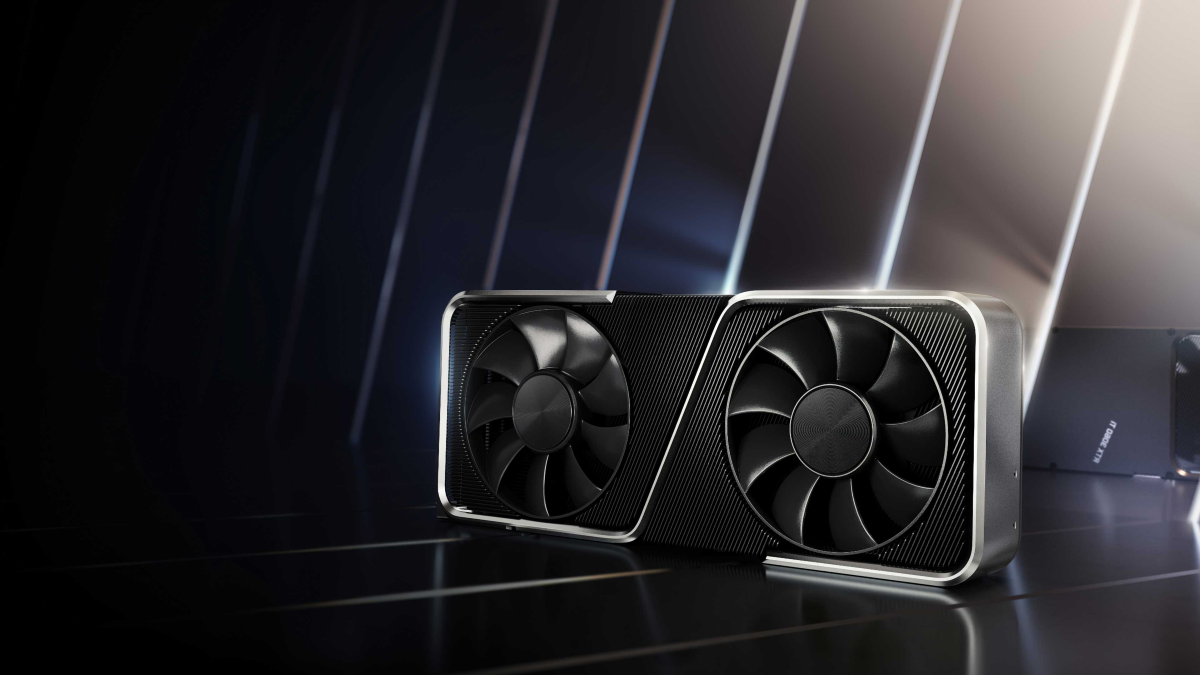Forget about software. In 2021, it's cryptocurrencies that are eating the world. Thanks to miners looking to strike it rich in cryptocurrencies like Ethereum and Dogecoin, prices are sky-high in the consumer market for graphics cards---if you can even find a graphics card in stock.
"Lite Hash Rate" GPUs Are for Gamers
Hoping to make it easier and cheaper for gamers to upgrade their rigs for the latest AAA titles, NVIDIA announced new "lite hash rate" (LHR) versions of existing RTX GPUs. These cards are designed to make it harder to mine for cryptocurrency without reducing gaming performance.
This is already the second time in 2021 that NVIDIA has tried this. The company's plans blew up spectacularly in March of 2021 when the company accidentally unlocked its own software-based anti-mining protections for the RTX 3060 graphics card. Now, the company is trying again with a much bigger push against mining, and it comes not a moment too soon.
If you look at major online retailers, you will see, for example, that NVIDIA GTX 1650 prices start at around $350 and top out close to $600. That's for a graphics card that was released in April of 2019 and revised a year later with an original MSRP of $150.
The reason that these cards are priced so high is that major retailers are completely out of stock and sell out quickly when they do get a shipment. Third-party sellers, meanwhile, are looking to make a quick buck with big markups.
The reduced stock in retail is happening because 2021 has been a strange year for graphics cards. The pandemic and social distancing were still going strong at the start of the year, increasing the demand for entertainment with people staying at home. Then, there were supply chain issues, international shipping slowdowns, and finally, our friends looking to strike it rich from their basement mining operations.
What Is Cryptocurrency Mining?
Cryptocurrencies like Bitcoin, Ethereum, and Dogecoin are produced by so-called mining. What this means is that computers are trying to win digital coins by calculating math problems as quickly as possible. These math problems are part of the blockchain system, the ledger that tracks transactions for a specific cryptocurrency. Whoever can verify a transaction first by solving the math problem is presented with a freshly minted new coin.
Needless to say, anyone who mines enough of these coins can quickly make some serious dough. Consider, for example, that a single Ethereum digital coin is worth around $2,700 U.S. dollars at the time of this writing. However, mining takes electricity, and you need the right hardware to mine cryptocurrency quickly and profitably.
Graphics cards are currently the ideal hardware for mining the trendiest cryptocurrencies. GPUs are built for solving math problems since, to run a video game, they need to calculate tons of math in parallel operations. That foundational feature makes them ideal for cryptocurrency mining.
Bitcoin, the granddaddy of cryptocurrencies, was also mined with GPUs at one point, and it also used to put stress on the consumer market for graphics cards. However, specialized hardware that was even better for mining Bitcoin, called ASIC rigs, took the stress off the market. ASIC rigs for other cryptocurrencies haven't taken off in the same way for reasons that are beyond the scope of this article.
The bottom line is that most cryptocurrencies, with the exception of Bitcoin, are mined largely by graphics cards. Often, a single miner can have dozens of cards running together with the hopes of producing some serious cash. Multiply that demand for dozens of cards by thousands of people, and you can see why mining contributes to the current shortage.
NVIDIA's LHR Fight
Hoping to put more cards in the hands of gamers rather than cryptocurrency miners, NVIDIA announced its LHR program in mid-May of 2021. This program means that newly manufactured RTX 3080, RTX 3070, and RTX 3060 Ti graphics cards can detect when they're being used for Ethereum cryptocurrency mining. When that happens, the cards deliberately reduce their speed (hash rate) for solving Ethereum-related math problems by about 50%. Since these RTX cards originally launched without a reduced hash rate, the newer LHR models will be labeled as such on the box and in product listings.
The LHR program makes these cards less useful to miners, but NVIDIA isn't leaving miners out in the cold. To accommodate the mining frenzy, NVIDIA also announced GPU models specifically for the cryptocurrency market that could also reduce demand for regular consumer cards.
NVIDIA says that gaming performance won't be affected with LHR cards, as it's only designed to slow down Ethereum workloads. Ethereum is a popular currency and there are many Ethereum-based projects and clones out there. But Ethereum isn't the only type of coin putting stress on GPU demand. Dogecoin, for example, is not based on Ethereum. Presumably, an LHR graphics card wouldn't detect its mining.
Even if it does reduce demand by miners, it's not clear whether the LHR program will bring graphics cards back to store shelves. The RTX 3060 with anti-mining protections still sold out quickly when it was released earlier this year. There's no reason to think that the same won't hold true with NVIDIA's other RTX cards, especially if there's a lot of pent-up demand from gamers.
Nevertheless, LHR is a step in the right direction and will hopefully make graphics cards more easily obtainable.
That's assuming, of course, that NVIDIA doesn't shoot itself in the foot again and release a software update that kills the anti-Ethereum mining protections.


